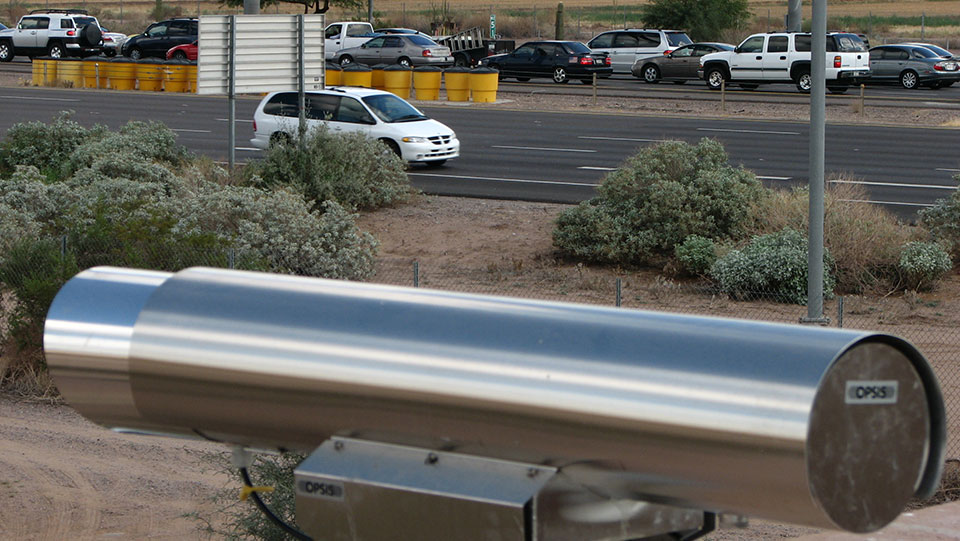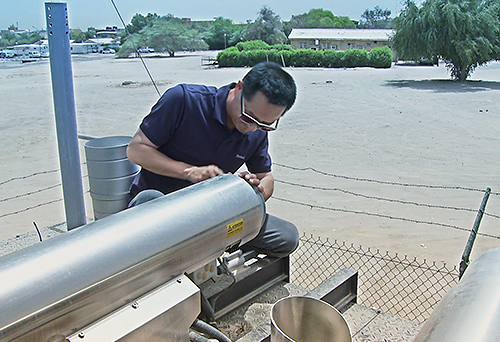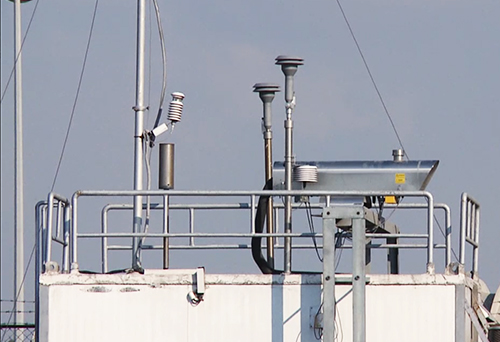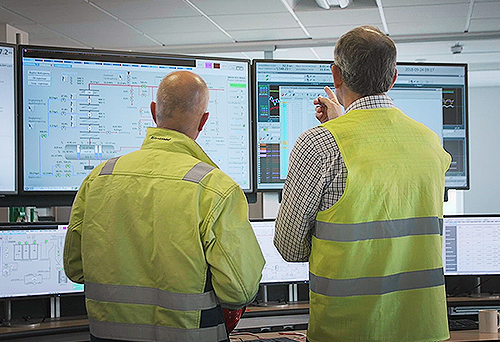How clean is the ambient air in our cities?
A common strategy for monitoring the air quality in a city is to measure at ground level where people actually live and are at risk of exposure to air pollution. Often, there is also a requirement that the measurements are made in a place where you can expect the air pollution to be relatively high, which often means along one of the city's busier streets. Limit values for air quality often apply precisely to these locations. OPSIS offers several monitoring systems for this type of monitoring.
A CERTIFIED MONITORING SYSTEM WITH HIGH AVAILABILITY
Monitoring the air quality in cities can be a challenge. A number of gaseous components need to be monitored with high accuracy, the location of the measurement must be representative, and the monitoring system must be easy to maintain and calibrate with long intervals between activities.
The OPSIS gas analysis system offers such a solution for air quality monitoring in urban areas. It is based on the non-contact DOAS method with open monitoring paths where the monitoring results give the average concentration of different gas components in the area. The gas analysis can be supplemented with the OPSIS system for monitoring particulate concentrations.
An OPSIS system can monitor the concentration of all relevant pollutants that may be required by supervisory authorities such as e.g. nitric oxide (NO), nitrogen dioxide (NO2), sulfur dioxide (SO2), ozone (O3), benzene, toluene, xylene, ammonia (NH3), PM10, and PM2.5.
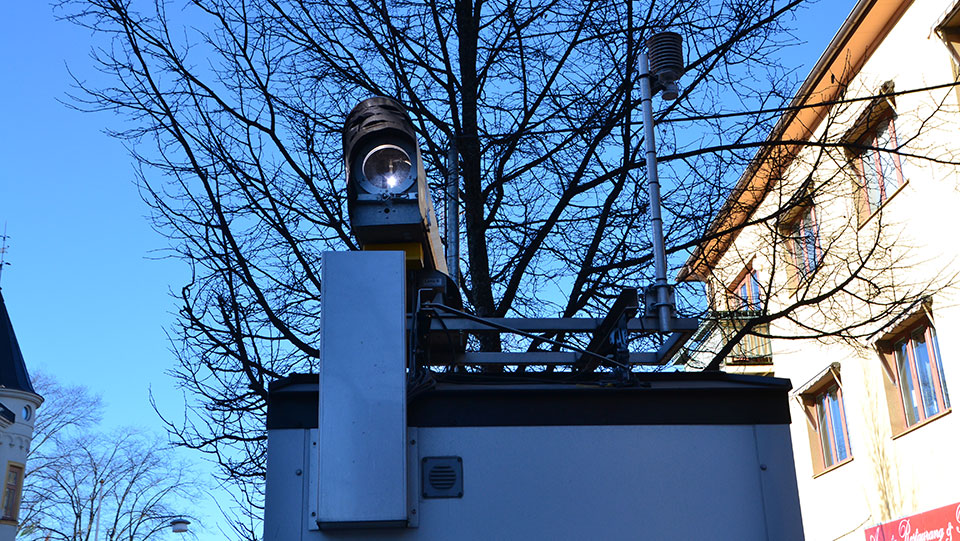
MONITORING OF AIR POLLUTION WITH OPSIS
There are multiple reasons for choosing OPSIS as supplier of systems for gas analysis. Among the key benefits of the methods and solutions offered by OPSIS are:
- high availability of data
- cost-effective, non-contact technology with open monitoring path
- representative data
- direct monitoring of nitrogen dioxide
- calibration of gas analysers only once a year
- long maintenance interval
- certified by German TÜV, U.S. EPA, and others.
